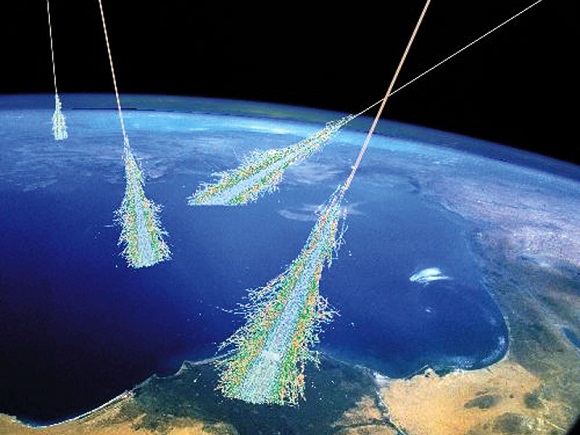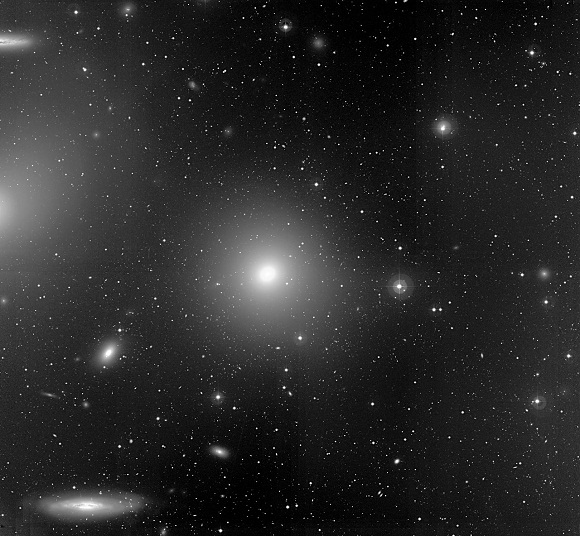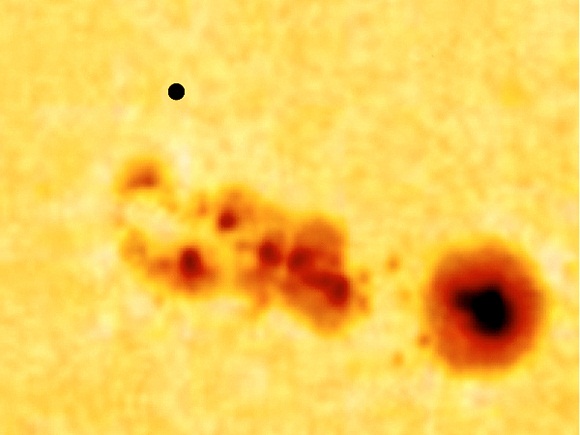ARMAGH OBSERVATORY AND PLANETARIUM’S PROFESSOR LOUISE HARRA RECEIVES PRESTIGIOUS MEDAL AND PRIZE
A member of leading astronomical research centre, Armagh Observatory and Planetarium’s, management team has been awarded the 2023 Cecilia Payne-Gaposchkin medal and prize by the Institute of Physics. Professor Louise Harra received the accolade for her ‘numerous and outstanding achievements and contributions’ to the field. Born in Lurgan, Professor Harra Read more

























